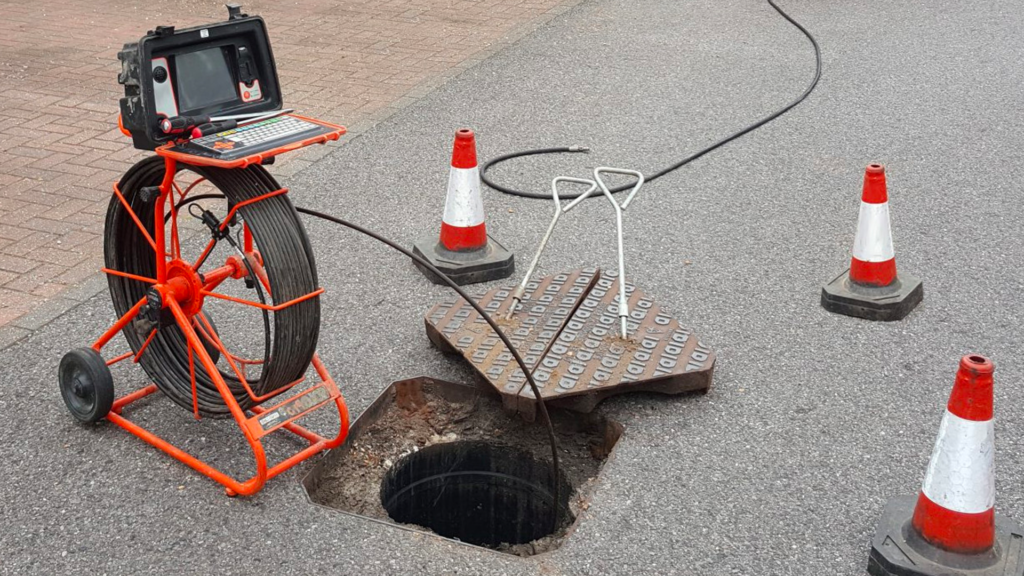Get This Report about Reclaim Waste
Get This Report about Reclaim Waste
Blog Article
Little Known Questions About Reclaim Waste.
Table of ContentsSome Known Incorrect Statements About Reclaim Waste The 6-Minute Rule for Reclaim Waste3 Easy Facts About Reclaim Waste DescribedNot known Factual Statements About Reclaim Waste Things about Reclaim Waste
Residential sewage waste refers to the waste and products from a property septic tank. The appropriate management and disposal of domestic sewer waste need liquid waste to be moved to a sewage treatment plant where the appropriate approaches and equipment are used to detoxify and dispose of waste.
Commercial waste often includes possible threats, such as flammable products or a combination of liquid and strong waste items, and calls for an extra innovative and comprehensive disposal procedure. The disposal of commercial waste normally involves the filtration of waste before transport to make certain risk-free and correct disposal. Industrial waste is produced from results and runoff of industrial processes and manufacturing.
This sort of waste can not utilize the very same sewage management transport or procedures as septic or commercial fluids. The industrial waste administration procedure calls for the evaluation and testing of fluid waste prior to it undergoes the disposal process (liquid waste removal). Runoff waste is the fluid waste that comes from overflow and excess stormwater in extremely inhabited areas or cities
Runoff waste can cause contamination and flooding if not dealt with effectively. Making sure proper waste management can protect against calamities and decrease environmental harm.
More About Reclaim Waste
Get in touch with PROS Providers today to find out about our waste monitoring and disposal solutions and the proper methods to look after the liquid waste you produce.
(https://gravatar.com/maximum5d830db060)This so-called 'wastewater' is not just an essential resource yet, after treatment, will certainly be launched to our land, waterways or the ocean. Utilized water from commodes, showers, baths, kitchen sinks, laundries and industrial procedures is understood as wastewater.

water made use of to cool equipment or clean plant and equipment). Stormwater, a type of wastewater, is drainage that moves from agricultural and metropolitan locations such as roofing systems, parks, gardens, roadways, paths and seamless gutters into stormwater drains pipes, after rain. Stormwater streams neglected directly to local creeks or rivers, eventually getting to the sea.
Reclaim Waste Fundamentals Explained
In Queensland, most wastewater is treated at sewer treatment plants. Wastewater is moved from residential or industrial websites through a system of drains and pump stations, recognized as sewerage reticulation, to a sewer treatment plant.
The Division of Natural Resources suggests city governments concerning handling, operating and preserving sewerage systems and treatment plants. In unsewered areas, local governments might call for homeowners to set up individual or household sewer therapy systems to deal with residential wastewater from commodes, kitchen areas, washrooms and laundries. The Division of Natural Resources authorises the use of household systems when they are confirmed to be effective.
In some new you can find out more class, therapy of some stormwater to get rid of clutter, sand and crushed rock has actually begun making use of gross pollutant catches. Wastewater therapy takes place in four phases: Removes strong issue.
Utilizes tiny living microorganisms understands as micro-organisms to damage down and get rid of continuing to be dissolved wastes and great particles. Micro-organisms and wastes are integrated in the sludge.
What Does Reclaim Waste Do?
Nutrient elimination is not available at all sewer therapy plants due to the fact that it calls for pricey specialized devices. Clear fluid effluent produced after treatment may still consist of disease-causing micro-organisms - liquid waste removal.

This typically implies wastewater needs to be dealt with or contaminants eliminated before it can be released to waterways. A lot of wastewater streams right into the sewerage system. Under the Act, regional governments carry out approvals and permits for environmentally appropriate tasks (Ages) entailing wastewater launches that could have a local effect. The division administers approvals and licences to ERAs involving wastewater releases that might have a local or statewide effect.
Little Known Questions About Reclaim Waste.
Or else, samples are taken for research laboratory evaluation. Usually many tests are needed to establish the levels of each of the various contaminants such as oils, heavy metals and chemicals in water. Surveillance gives factual details about water top quality and can verify that permit problems are being satisfied. The info obtained through surveillance provides the basis for making water top quality decisions.
Report this page